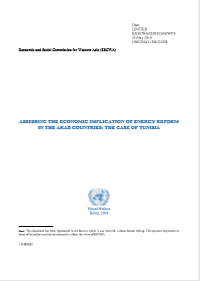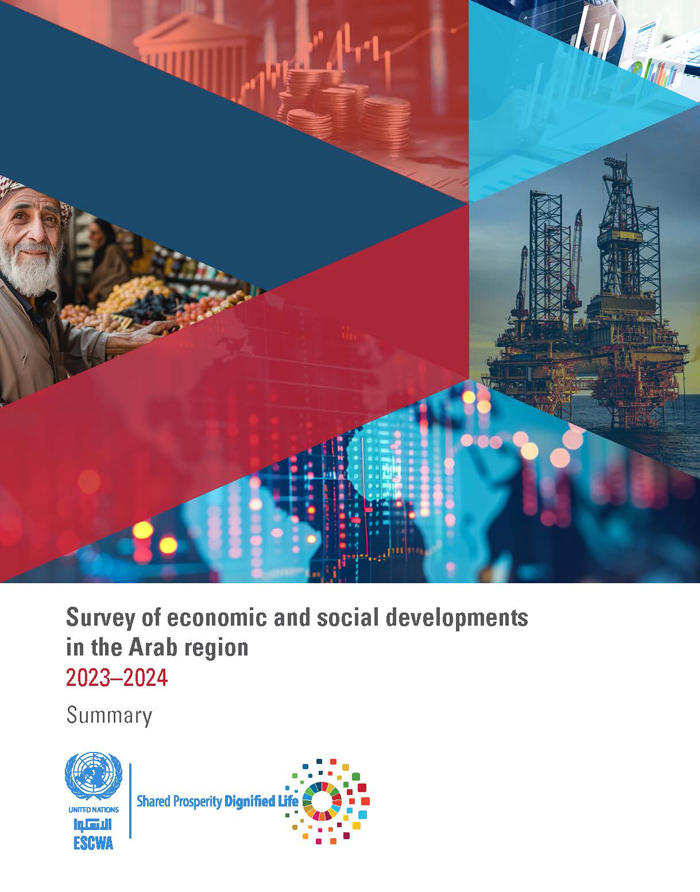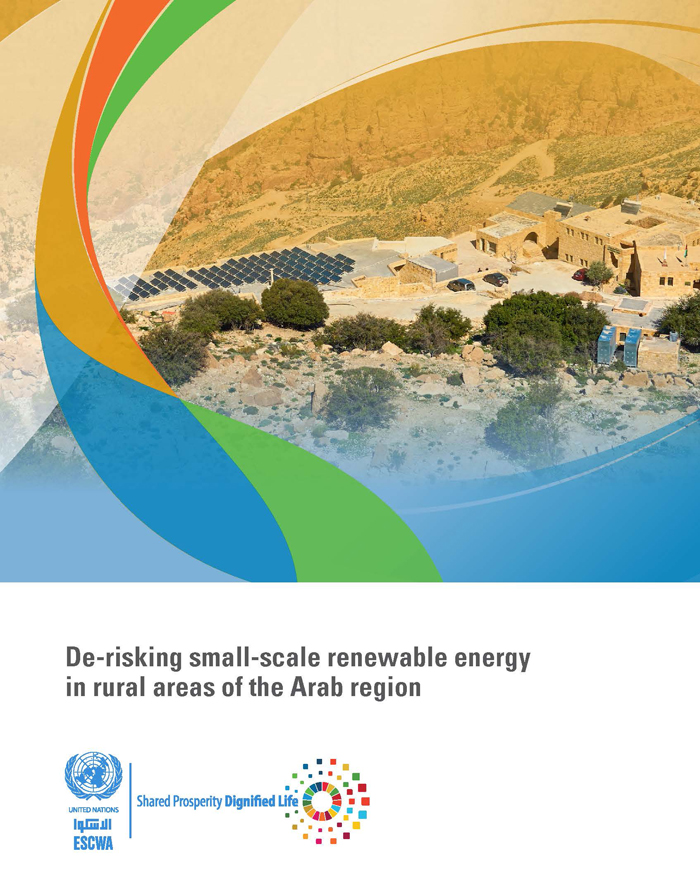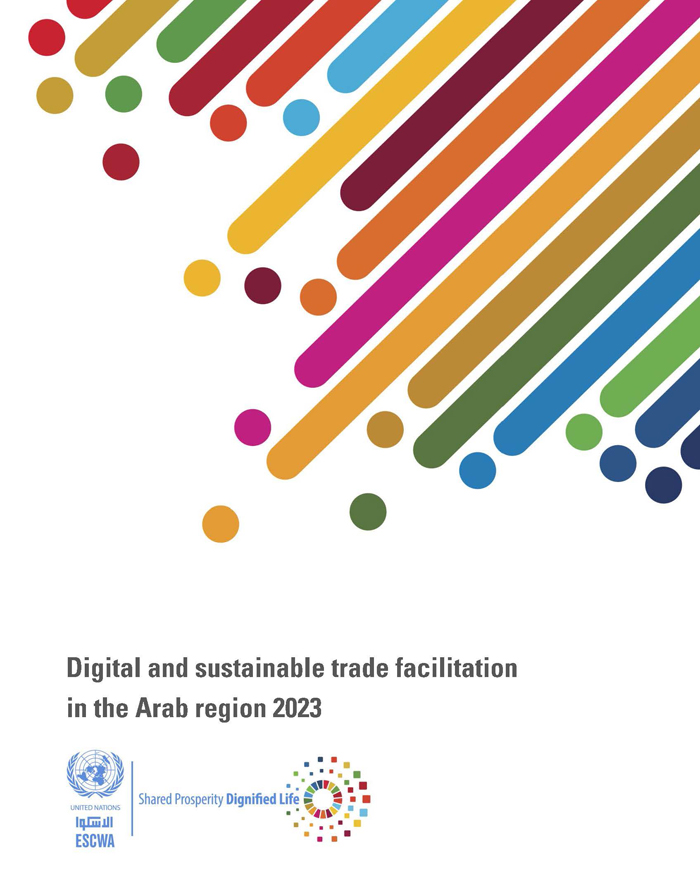
ESCWA Publication: E/ESCWA/EDID/2019/WP.9
Country: Arab region
Publication Type: Working papers
Cluster: Shared Economic Prosperity
Focus Area: Financing for development
Initiatives: Blockchain for international trade
SDGs: Goal 7: Affordable and Clean Energy, Goal 8: Decent Work and Economic Growth
Keywords: Case studies, Employment creation, Energy policy, Financing, Fiscal policy, Subsidies, Tunisia
Assessing the economic implication of energy reform in the Arab countries : the case of Tunisia
January 2019
This study combines two approaches to analyze energy subsidy, a macroeconomic approach using a CGE model and a microsimulation approach using Commitment of Equity (CEQ).The CGE model results show that reducing energy subsidy generates a fiscal space for the Tunisian economy. In the first bunch of simulations we supposed that this ‘saved’ amounts are totally directed to the reduction of fiscal deficit. This policy enhances the fiscal sustainability and reduces indebtment but have a negative impact on growth and job creation.
The microsimulation approach shows that, after considering all taxes and direct cash transfers and indirect subsidies, the rate of poverty decreases by almost 4 points from 15.2% for disposable income to 11.6% only for consumable income. This significative decrease of poverty change argues that subsidies is a pro-poor instrument for distribution of income. The fiscal incidence by decile shows that the poorest groups benefit of energy subsidies more that the richest groups. This result shows the large reliance of subsidies as instrument for redistribution
Related content
Financing for development
,
This study combines two approaches to analyze energy subsidy, a macroeconomic approach using a CGE model and a microsimulation approach using Commitment of Equity (CEQ).The CGE model results show that reducing energy subsidy generates a fiscal space for the Tunisian economy. In the first bunch of simulations we supposed that this ‘saved’ amounts are totally directed to the reduction of fiscal deficit. This policy enhances the fiscal sustainability and reduces indebtment but have a negative impact on growth and job creation.
The microsimulation approach shows that, after considering all taxes and direct cash transfers and indirect subsidies, the rate of poverty decreases by almost 4 points from 15.2% for disposable income to 11.6% only for consumable income. This significative decrease of poverty change argues that subsidies is a pro-poor instrument for distribution of income. The fiscal incidence by decile shows that the poorest groups benefit of energy subsidies more that the richest groups. This result shows the large reliance of subsidies as instrument for redistribution



